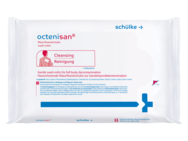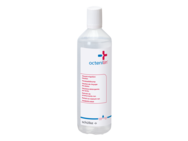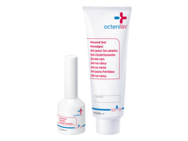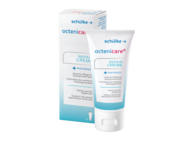Phases of wound healing
Understanding the of phases of wound healing is key to effective wound management. Each phase has it's own characteristics but the individual phases do not necessarily occur consecutively and may overlap.
Cleaning phase (exudation):
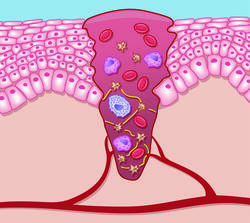
A blood clot forms immediately after the wound is formed. This is a kind of plug that closes the injured blood vessel and prevents further blood loss. In the case of superficial wounds, the cleaning phase takes about one day, and around four days for larger wounds. Here, so-called scavenger cells (phagocytes) migrate into the wound via blood vessels where they absorb and eliminate damaged cells and pathogens. This results in a natural cleaning of the wound.
Granulation phase:
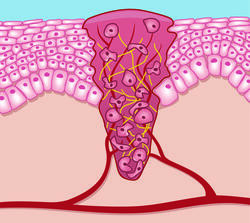
Between the third and seventh day after the injury, the body forms so-called replacement tissue (granulation tissue) to gradually close the wound. This creates new connective tissue and replaces damaged blood vessels.
Epithelialisation phase:
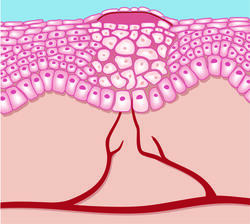
The duration of the epithelialisation phase depends on the size of the wound. Surface cells multiply and completely close the affected area. This is different with a deep wound that extends into the underlying dermis; in such a case, the body may need several months to regenerate such an area. Here, light-coloured scar tissue remains, which contains neither sebaceous nor sweat glands.
Regeneration phase:
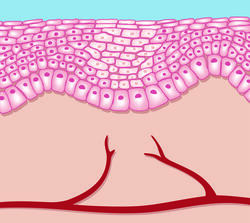
During the regeneration phase, the wound is completely closed. The newly created skin/scar is, however, still sensitive to environmental stimuli and requires special care to provide it with moisture and regenerative substances.
The right product for every phase of wound healing
Optimal wound healing requires absence of penetrating pathogens and “tranquil” healing conditions. A moist environment is also essential if the wound is to heal quickly without scarring, as cells responsible for closing the wound multiply and move particularly quickly under moist conditions.





















